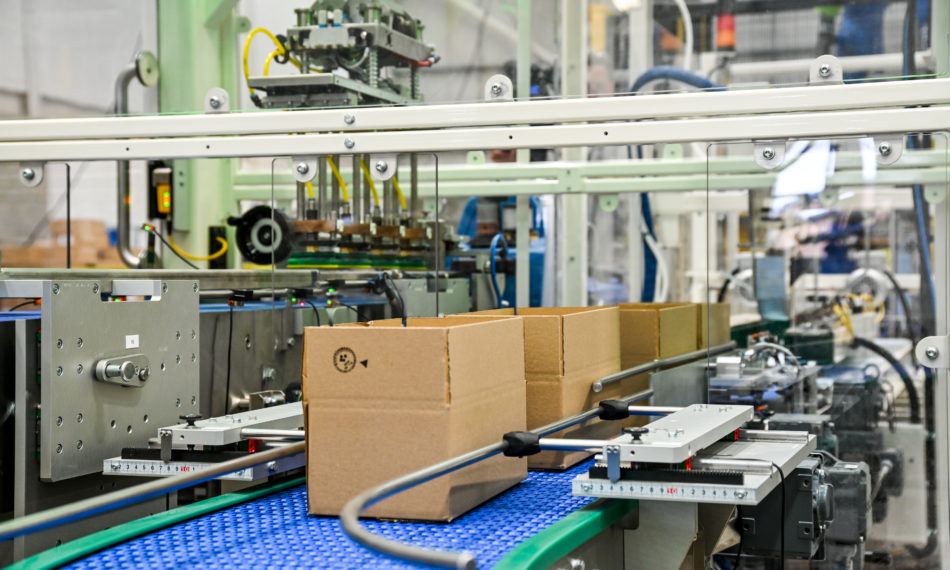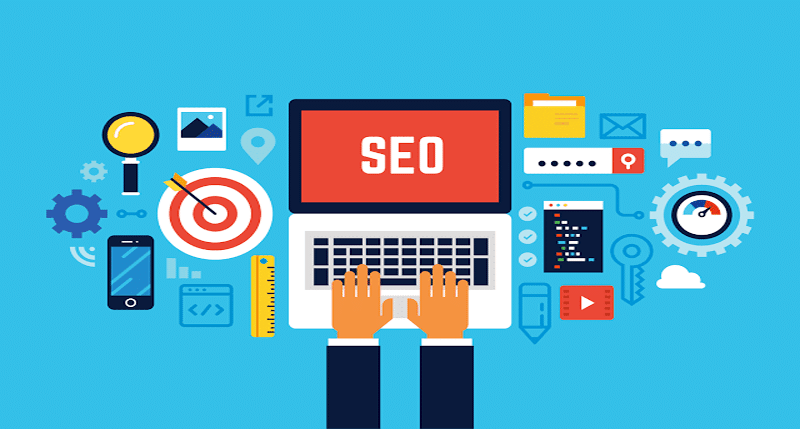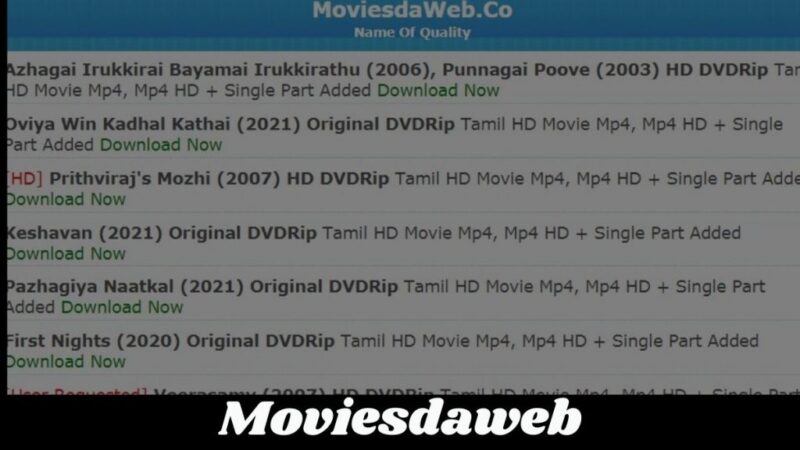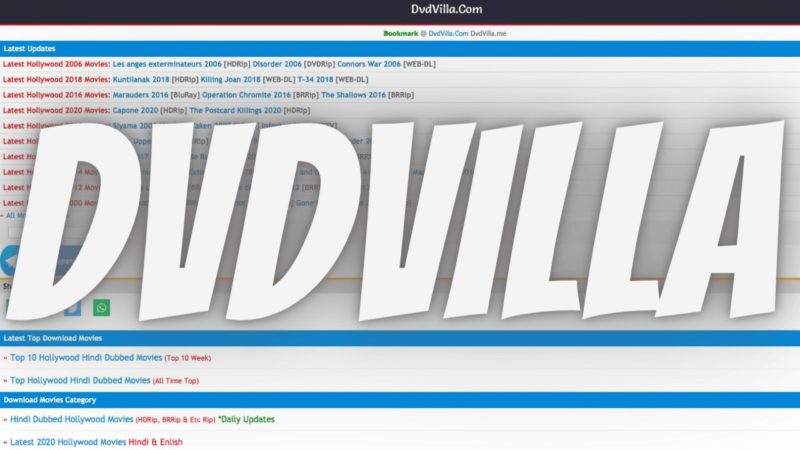packaging and labeling, automated packaging solutions

What is the importance of packaging and labeling solutions in the industry?
Packaging emphasizes the product’s presentation; therefore, it is more about how the product feels and looks. On the other hand, labeling is primarily concerned with the product description that must be provided. Therefore, it chooses what will be shown on the product or its packaging.
This article focuses on packaging and labeling solutions and how they are used to create better ways for packaging and labeling goods and services.
What is product protection and storage?
Product protection and storage, product promotion, and product storage, usage, and convenience are the three main purposes of packaging. Another purpose of packing is to boost recycling rates and reduce environmental impact.
Why is packaging so useful in trade?
Packaging has always served a useful purpose. They hold the contents together and safeguard them as they go through the distribution channels. Packaging is currently being utilized to market products while also making them safer and easier to use.
Functions of packaging and labeling solutions
Now, let us talk about the functions of the packaging & labeling-
Packaging protection is another use of packing Packaging can also be used by manufacturers, wholesalers, retailers, and others to promote specified quantities of products, such as ounces. The most obvious use of packaging is to store liquids, solids, or other things that may be divided.
- Protect the goods and the services rightly
Physical protection is yet another use of packing. Many products are handled several times between the moment they are made and the time they are consumed. Some things, like milk, need to be refrigerated. Some things are touchy, like beer.
- Packaging helps in identifying brands better
Packaging entails more than just identifying the brand, listing the ingredients, describing features, and providing instructions. Packaging can distinguish one product from another and link a new product to a group of products made by the same manufacturer.
- Medicines are also packaged better
Some product packaging may be devoid of useful information. Others, like medications and bandages, must continue to be sterile. Protect the products from harm, evaporation, spills, light, heat, cold, pest infestation, and other environmental factors.
- Consumers prefer well-packaged and labeled goods & services
Consumers have numerous storage, convenience, and use requirements. Consumers prefer items that are simple to open and close. Some customers, however, prefer childproof or tamperproof packaging.
- Retailers & wholesalers also prefer packaged products
Retailers and wholesalers prefer easy-to-store, ship, and keep on the shelves packaging. In addition, they prefer packaging that protects the product, prevents spoilage, or extends its shelf life. Zipper tear strips, hinged lids, tab slots, and screw-on tops are examples of packaging innovations.
What does packaging and labeling mean as a part of the solution?
Today, environmental consciousness is a critical issue in packaging. This trend has received a lot of attention from the media and consumers. Although studies show that consumers will not spend more on eco-friendly packaging products, they frequently express a desire to purchase them.
According to one study, reusable and recyclable packaging is important to 63 percent of US consumers when purchasing a product. Companies are increasingly seeking environmentally friendly packaging options.
Some of the many solutions include simple cardboard boxes and pour spouts. Easy access is critical for children and the elderly Baby Boomers.
Let us throw some light on the importance of labeling & its uses-
What is labeling?
Labeling is an essential component of every package. The label can be convincing or informative. Consumer information is secondary in persuasive labels, which are focused on a logo or promotional theme. Notably, the traditional claims of “new,” “improved,” or “superior” are no longer convincing.
However, informational labelling is intended to assist consumers in making rational product choices and reducing cognitive dissonance after purchase. Major furniture manufacturers attach labels to their products that describe the construction characteristics of the product, such as the type of frame and the number of coils.
Three types of labeling and packaging
Have you ever heard about the types of labeling? If yes, here’s a short synopsis on what are the types-
- Primary
- Secondary
- Tertiary
Primary- Primary packaging protects the product while also informing the customer about its intended use. Primary packaging is also known as consumer and retail packaging. It is what your product comes into direct contact with.
In primary packaging things will be used in determination by the type of product you sell. In the food industry, your primary packaging could be a beverage bottle or a pasta box that comes into direct contact with the pasta.
Secondary- Secondary packaging is frequently made up of several components, such as boxes, padding, separators and reinforcements, paper, bags, and so on. These are the most frequently used components.
In this packaging can be used to group together products to form a stock-keeping unit. It is commonly referred to as an SKU. By combining smaller products into one pack, this packaging makes them easier to handle.
Tertiary- This is one of the third solution that can make things happen at once. Tertiary packaging can range in size from a large container holding multiple items to a larger box with corner boards and stretch wrap.
Consumers tend to dismiss these claims because they have become so saturated with “newness.” The packaging level should be designed to pack products tightly and provide the best protection during transportation. Tertiary packaging is notorious for being difficult to ship and store products in. Secondary packaging is protected by tertiary packaging.
Packaging and labeling is also important for packaging and labeling in ecommerce marketing. Good packaging and labelling protect your products while also ensuring that they reach the right customer at the right time.
In Conclusion
Product packaging and automated packaging solutions can provide numerous advantages to your business. Some of these benefits are obvious and tangible, while others are more intangible but equally beneficial to your company and bottom line profit. The risk of product defects and recalls is significantly reduced with an automated packaging process.
While packaging is important, we recommend doubling it up with a good old brown package that can withstand rough handling. Yes, the additional taping, cushioning with airbags, and cardboard increases the cost, but it is necessary to provide the customer with a safe, secure, and tamper-proof delivery.






